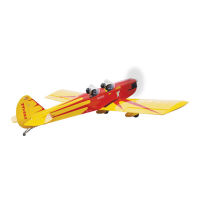
Do you have a question about the Seagull Models SPACE WALKER II and is the answer not in the manual?
| Wingspan | 2280mm / 89.7 in |
|---|---|
| Weight | 6.8kg / 15 lbs |
| Length | 1683mm / 66.2 in |
| Engine | 20 - 30 cc |
| Electric Conversion | Optional |
| Skill Level | Intermediate |
| Radio | 4-channel |
Key technical details and flight characteristics of the Space Walker II.
Highlights of the ready-to-fly nature and included components.
Securing control surfaces to wing panels with C/A glue for proper movement.
Attaching elevator halves to the horizontal stabilizer using hinges.
Attaching the rudder to the vertical stabilizer using hinges.
Mounting the engine securely to the firewall using screws and blind nuts.
Preparing and installing the fuel tank stopper assembly and tank.
Assembling and attaching wheels and their fairings to the landing gear.
Securing the main landing gear struts to the fuselage.
Fitting and trimming the fiberglass engine cowl to the fuselage.
Installing the dummy engine, propeller, and spinner cone.
Mounting servos for control surfaces within the fuselage.
Locating and fitting the power switch into the fuselage.
Mounting the horizontal stabilizer to the fuselage rear.
Attaching the vertical stabilizer to the fuselage.
Routing and securing servos for aileron control within the wing.
Attaching control horns to the ailerons for servo connection.
Installing control horns and pushrods for elevator and rudder.
Installing the tail wheel assembly.
Assembling and installing the tail strut support system.
Fitting the pilot figure into the cockpit area.
Connecting the wing assembly to the fuselage.
Setting the range of motion for control surfaces on the transmitter.
Achieving the correct center of gravity for stable flight.
Performing final checks on systems and controls before flying.
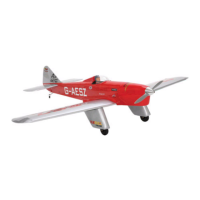
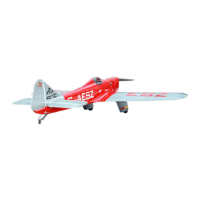
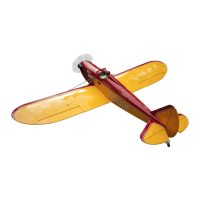
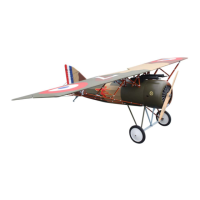

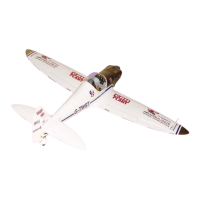
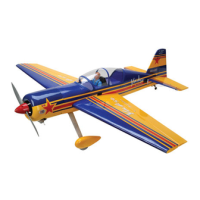
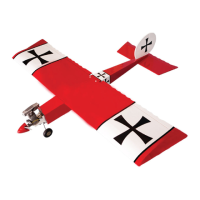
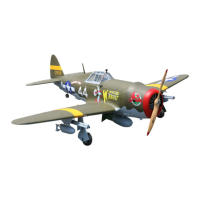
